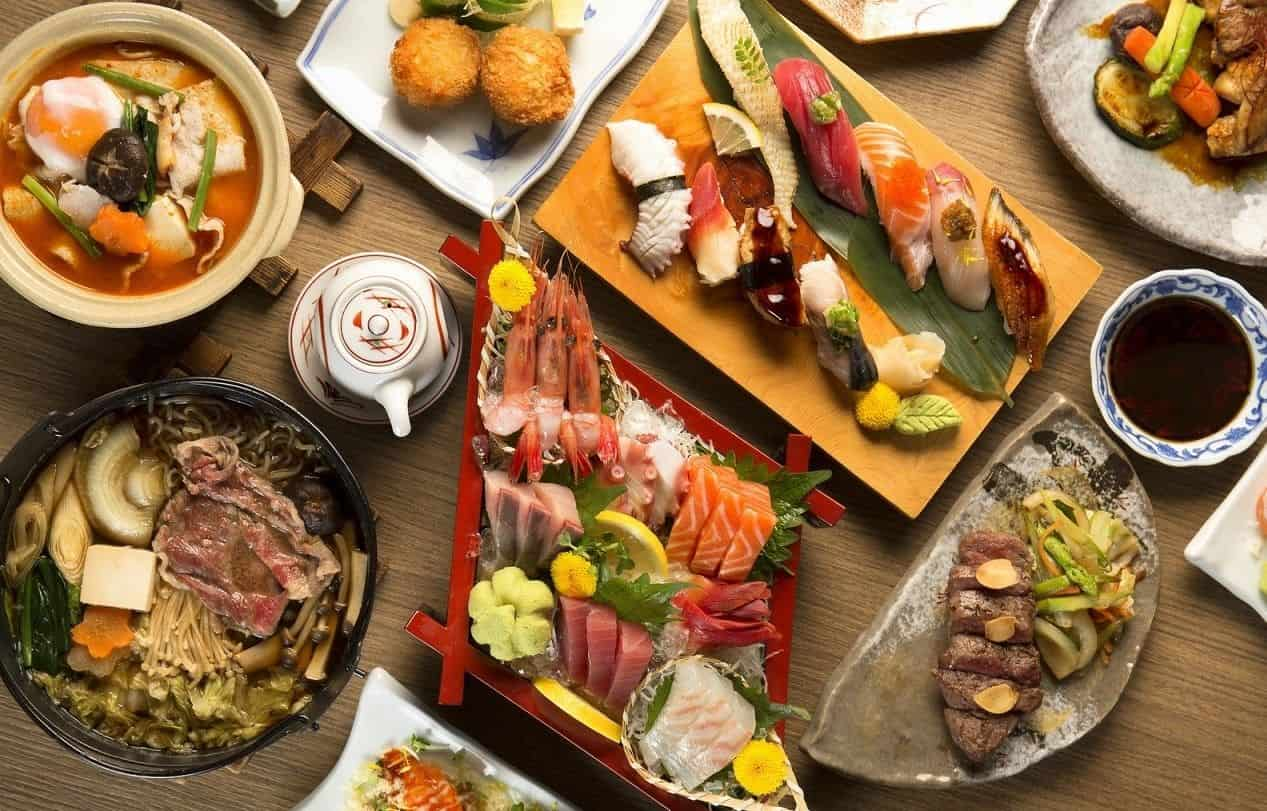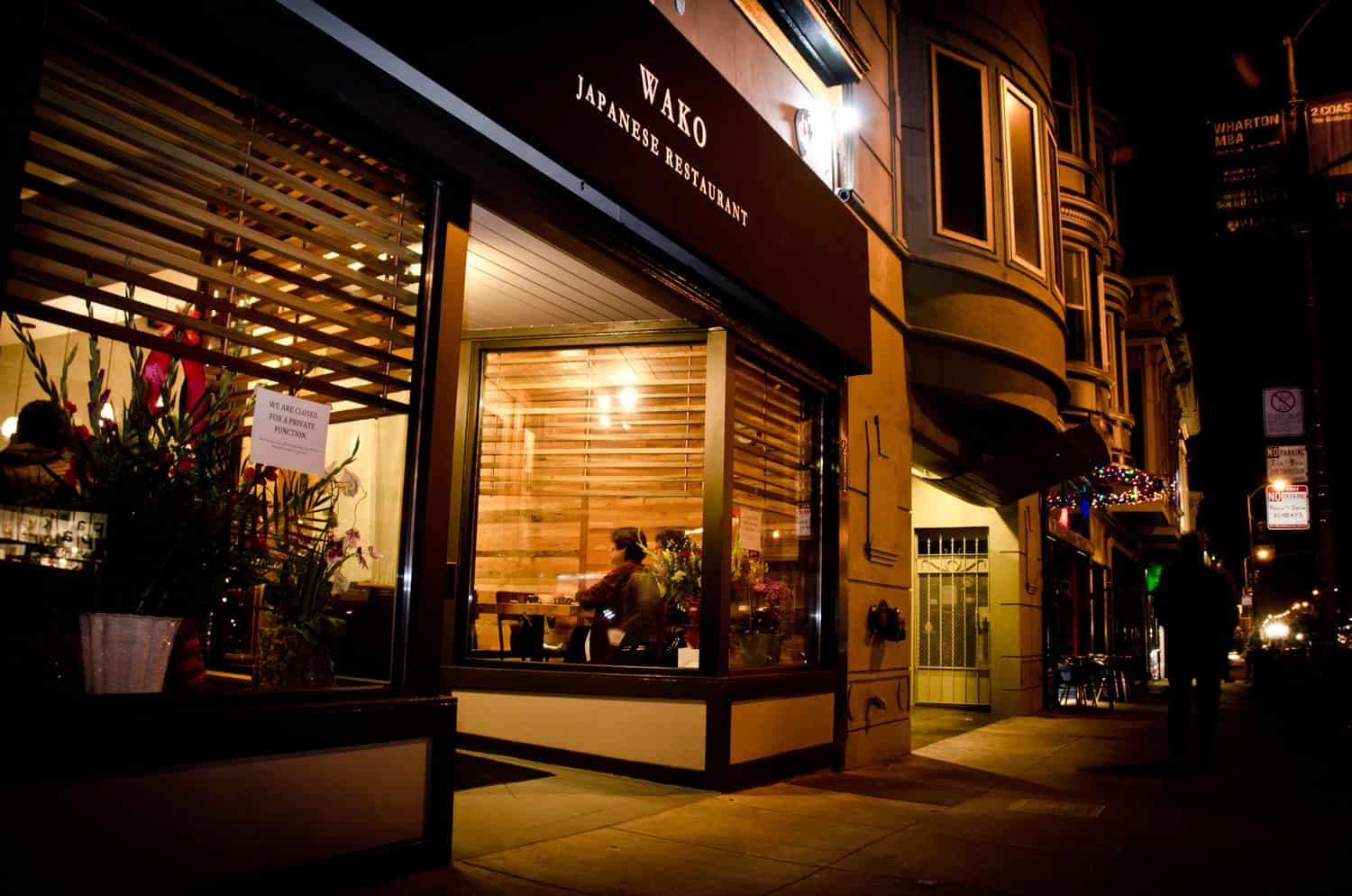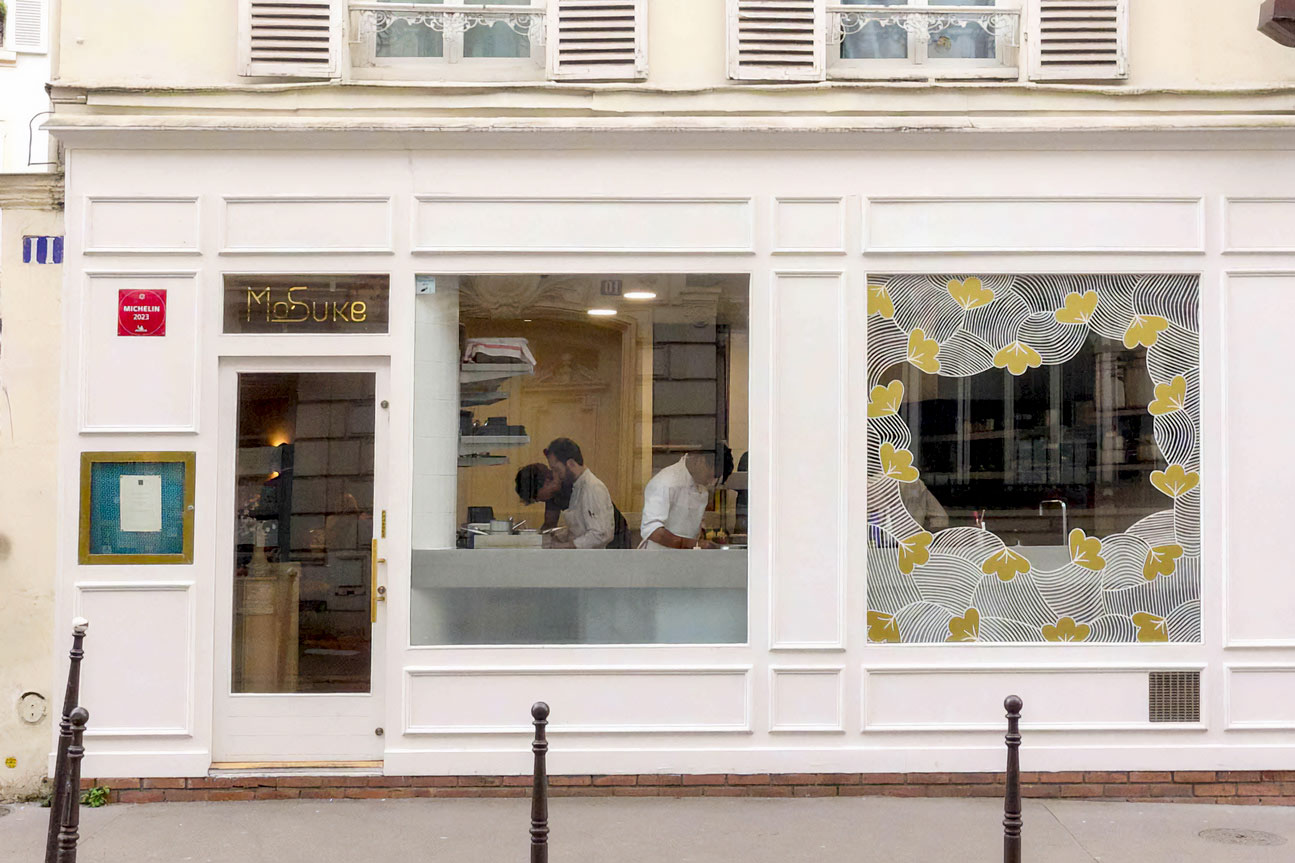
Popularity of ramen in Singapore
If there’s one thing Singaporeans are crazy about, it’s food. Japanese food in recent years has become more ubiquitous in Singapore’s food landscape. Ramen, in particular, ranks high on the list of Singaporeans’ favorite Japanese cuisines.

From its humble origins as a Japanese dish eaten in small joints, ramen has emerged to become a worldwide sensation that has taken over the stomachs of many Singaporeans, young and old.
Ramen outlets in Singapore serve everything from rich Hakata-style tonkotsu (pork bone broth) ramen to savory Hokkaido miso ramen bowls, with most Singaporean shopping malls featuring at least one ramen outlet.
A popular Japanese dish that comprises Chinese-style wheat noodles served in a fish or meat-based broth, ramen is typically seasoned with soy sauce or miso, and garnished with ingredients including sliced pork, dried seaweed, and green onions. The origins of the dish can be traced back to China, while the dish came to Japan in the 19th century.
In 1859, the Chinese ambassador to Japan, Zeng Gongliang, reportedly presented a dish of ramen to the Japanese Emperor. As time went on, ramen quickly gained popularity in Japan. By the early 20th century, it had become a staple food in the country.
During the Second World War, ramen became even more popular in Japan as an inexpensive and filling meal for military and civilian diners alike. When the war ended, cheap and convenient instant ramen noodles became widespread in Japan, exposing more members of the general public to the dish.
In the decades that ensued, ramen continued to develop and rise in status both domestically in Japan and internationally.
First introduced to Singapore in the 1980s, ramen was first served in small Japanese eateries called ramen-ya. At that time, only certain types of ramen were available in certain enclaves, and the dish was mostly consumed by the Japanese community in Singapore. Subsequently, ramen eateries began to surface in more parts of Singapore, much to the curiosity of the general Singapore public, who regarded this dish as a novelty cuisine from Japan.

Over time, the popularity of ramen grew in Singapore, as more and more Singaporeans were exposed to the dish. Ramen then underwent considerable changes to adapt to local palates.
Notably, ramen chefs began to include local spices and flavors into their ramen concoctions to pander to Singaporeans’ propensity for spicy food.
At the present moment, many ramen dishes in Singapore are an eclectic and delicious combination of Japanese and local flavors. It is not a strange sight to see ramen dishes that feature laksa broth, truffle oil, or spicy chili oil, ingredients that can be typically found in Singaporean cuisine.
Besides including local flavors into their ramen dishes, ramen eateries in Singapore have also begun to experiment with various kinds of noodles.
While some ramen outlets serve ramen made with soba noodles, others provide gluten-free options made with rice noodles. For instance, Tsuta, the world’s first Michelin-starred Ramen restaurant by Chef Yuki Onishi featuring sophisticated culinary techniques and freshly sourced ingredients, offers diners delectable options of soba ramen with savory broths. Also, Menya Kokoro was the first restaurant in Singapore to introduce Kumamoto-style Japanese noodles, which arguably contain fewer calories compared to regular ramen noodles,and are gluten-free.
Besides, another notable trend in the Singaporean ramen scene is the use of premium ingredients in ramen dishes. Several ramen restaurants in Singapore utilize premium ingredients such as wagyu beef, and even foie gras to whip up decadent and umami ramen dishes that are sure to delight diners’ palates.
Take Shinsho Ramen restaurant for instance. Not only does this dining joint specialize in Pai-Tan ramen made with freshly sourced ingredients and authentic seasonings, its evolving menu boasts a huge variety of toppings and dishes to satisfy different customer tastes, including tender cha-shu to fresh wagyu and lobster along with a rich and unique broth concoction.
Additionally, truffle-centric ramen dishes have been around for a while already, and they are likely to remain on the Singapore food scene for some time. Diners can fulfill their truffle-filled cravings at restaurants like Torasho Ramen & Charcoal Bar with mouth-watering truffle ramen broth as well as at Kanshoku Ramen Bar featuring Truffle Broth Ramen and Dry Truffle Ramen.
And as if these aforementioned restaurants are not enough, Mashi no Mashi, a renowned wagyu-centric ramen joint from Tokyo that specializes in 100% wagyu beef ramen, will be opening its very first outlet at Guoco Midtown in Bugis, Singapore this March 2024, to shake things up in Singapore’s ramen scene! This popular ramen chain under chef-owner Hisato Hamada features its signature Wagyujiro, a dish the outlet claims is the world’s first 100% Wagyu ramen. The broth relies on beef ribs and thigh bones that have been boiled for 24 hours for the perfect umami taste. Moreover, the shoyu used to flavor the ramen dish is barrel-aged for 8 years. Presently, Mashi no Mashi has a permanent storefront at Roppongi in Tokyo, Japan, and has global outlets in places like Hong Kong and Jeddah. Singapore’s outlet is reported to eventually feature the Hong Kong outlet’s exclusive Tokusei Wagyu Tsukemen. Just like the Wagyujiro, the broth for the Tokusei Wagyu Tsukemen is prepared on the stove for a good 24 hours. Next, Mashi No Mashi then puts slow-cooked Ozaki beef brisket atop each ramen bowl.
Furthermore, even health-conscious Singaporeans will not get to miss out on their favorite bowls of ramen, as more and more ramen outlets are serving what they term as “healthier” ramen dishes. For example, Konjiki Hototogisu, after having won Tokyo’s Michelin Bib Gourmand for 5 consecutive years since 2015, is one noodle outlet popular among ramen fans in Singapore. Initially with only 1 outlet in CHIJMES, this ramen eatery now has other outlets across Singapore, including at Great World City and Orchard Road. The outlet claims that they do not add MSG to their broth, and thus arguably offers healthier ramen options to diners.

[ Image: Singapore fusion style ramen ]
Source: TORASHO Photographer: Dennis Nieling
While many ramen dishes in Japan contain pork, several ramen outlets in Singapore offers diners pork-free options. One such place is Ichikokudo Ramen. This outlet flavors its ramen broth with chicken bones that are simmered for many hours, along with a dollop of bonito and mackerel as well as Hokkaido kelp. For interested diners, check out the classic Ichikokudo Original Ramen , a soy sauce-based ramen garnished with chicken slices, bamboo shoots, Japanese kelp and an ajitama egg (Japanese soft-boiled eggs marinated in a sweetened soy sauce mixture and served as a ramen topping). Rich and hearty, the ramen broth of classic Ichikokudo Original Ramen blends in well with its al dente noodles, leading to unforgettable gastronomic experiences. Another restaurant offering non-pork ramen broth is Marutama Ramen, which serves up wholesome and savory chicken broth instead.
Moreover, in time-starved Singapore, where people are among the hardest working in the world when it comes to the number of hours clocked up at work, ramen, especially instant ramen noodles, has become a huge hit for its convenience, taste and cost. According to statistics, there were around 103.6 billion servings of instant noodles worldwide in 2018, 130 million of which were eaten in Singapore alone!
Unsurprisingly, instant ramen noodles, such as the Nissin Japanese Ramen Kyushu Red Instant Noodles, have been a quick and accessible fix for busy Singaporean employees who (unfortunately) do not have time for some work-life balance. Inspired by Japanese ramen, the aforesaid Nissin instant noodles contains springy wheat noodles and has a rich (umami) and spicy (karami) broth that would leave diners wanting more. With a hot bowl of instant noodles just round the corner, comfort food only gets a little better!

Singaporeans’ passion for ramen is not only about the ramen noodles themselves. Rather, Singaporeans value good food, as well as the importance of mealtimes in gathering family members and loved ones together. Just like in many countries around the globe, meals in Singapore are an opportunity to socialize with fellow diners and appreciate the variety of food. With Singapore’s ubiquitous hawker (street food) culture already serving a rich variety of lip-smacking noodles from many corners of Asia, it is no wonder why Japanese ramen noodles with their various accompanying broths, have gradually earned their ranks among the gastronomic preferences of many Singaporeans!
The next time you’re in Singapore, how about looking for a delicious bowl of ramen for a slurping good time?






